Your Guide to Modern Image SEO

Great images are an opportunity to increase traffic to your website. That’s not often how we think about them, but it’s true. The right picture will land well on social media and lead people to your website. At the same time, well-optimized images can be part of a robust search engine optimization strategy, bringing in traffic from Google and bolstering your overall site in its view.
As with any individual part of search engine optimization today, image SEO has changed significantly over the years. A lot of the more basic rules still apply, but there’s a lot more to know if you want to maximize the benefits of the images on your website.
Table of Contents
- Understanding what Image SEO is
- Naming your Image files
- Saving As a JPEG, PNG, or GIF
- Yes, File Size Matters
- Regularly Review Your Page Load Time
- Use Original Images As Often As Possible
- Use Smart Alt Text and Captions
- Consider Using Lazy Loading On Your Page
- Use Schema Markup
- Make Sure Your Images Are Responsive
- Make Images A Strong Part Of Your SEO Strategy
- Bonus: Image SEO Tips from John Mueller
- FAQ
- Did this article answer your questions?
Understanding what Image SEO is
There is off-site optimization when sites are linking to yours, and there is on-page optimization, which is the things you do on your website to optimize it for the search engines. For pictures, we’re looking at on-page optimization strategies.

Don’t let words like “optimization” intimidate you. On-page search engine optimization involves the small changes you can make to your site so that search engines like Google like it better. They evaluate your web page against others and determine which ones their users like best. Always remember: search engines are there to please their users. So if your website is pleasing to its users, they will send more people there.
When you think about image SEO, you need to think about telling Google what the image is, and you need to think about loading speed.
Users want to see content that is relevant to what they searched for. They also want a fast-loading website that looks great by today’s web design standards. So, this is what Google wants to see from you, too.
Naming your Image files
This is a search engine optimization tip that has been around since search engines existed. It used to be the only thing we knew about image SEO.
You need to name your picture files something relevant using your primary keyword.

Do not keyword stuff. Say you have a picture of a basil plant. You can name that picture Basil-Plant.JPG and be just fine. You don’t want to name that file Basil-Plant-Herb-Garden-Gardening-Italian-Spice-Ocimum-basilicum.JPG. That’s too many things. Google will roll its figurative eyes at you and move on to the following image.
Saving As a JPEG, PNG, or GIF
Yes, it does matter which file type you save as.
In most photo applications, you can choose between these three. If you save your image in each format and check the file size, you will notice a vast difference between them.
And a smaller image file size will load faster on your website, which is what you want.
However, that doesn’t mean the smallest file size is always the right choice regarding formatting.
If you have a moving image, you want to use the .GIF format.
If you have an image with a lot of text on it or line drawings, you probably need to use a .PNG file format. This will give you the clearest image.
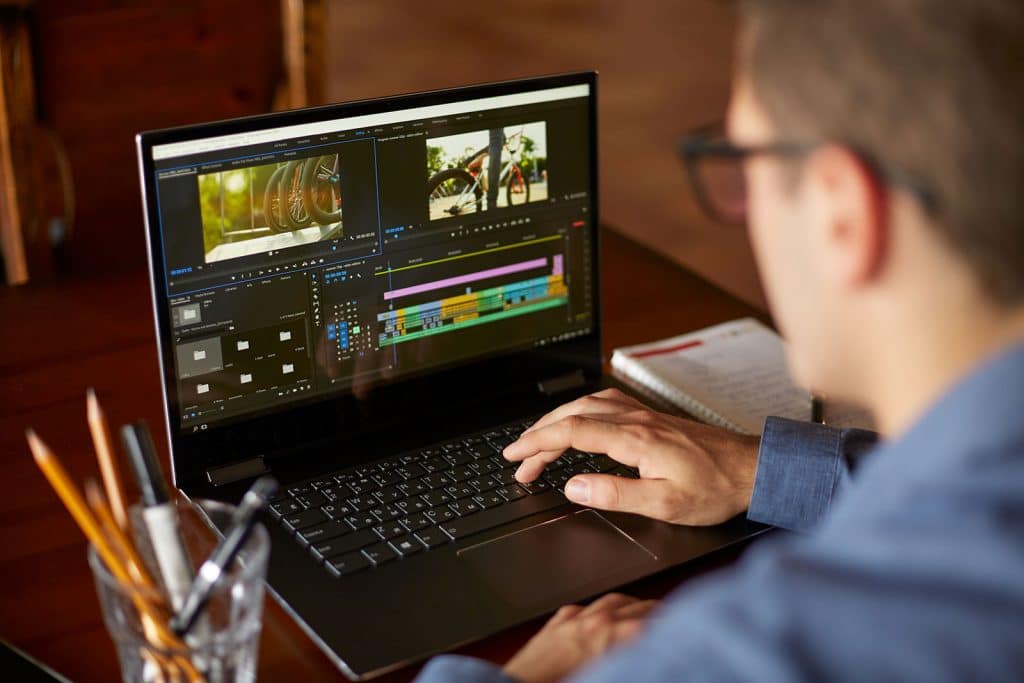
In most other circumstances, a .JPEG file format will be your best choice.
It doesn’t hurt to save in all three formats and look at what you have in front of you. What looks best? Which is the smallest?
Yes, File Size Matters
This is something to consider after you choose your format. So, you have looked at your image and know which format is best for it, but you would still like it to be smaller.
That’s good because your website’s loading speed is becoming a bigger SEO factor, especially with Google. Online users have no interest in waiting for a page to load these days. The smaller your file size, the faster the page will load, the happier your users will be, and the more traffic Google will send.
That means it is worth it to take the time to optimize your images so the file sizes are smaller.
You’re going to need to use a tool to compress your images.
Some websites Google themselves recommends for doing this include pngquant and Guetzli. The site MozJPEG is also popular. You can upload your images in batches and then get the compressed file size.
Regularly Review Your Page Load Time
Regarding image SEO, you might believe you’re doing everything right and not know how far off things have gotten. You can easily miss one key component and have no clue why your bounce rate has gotten so high.
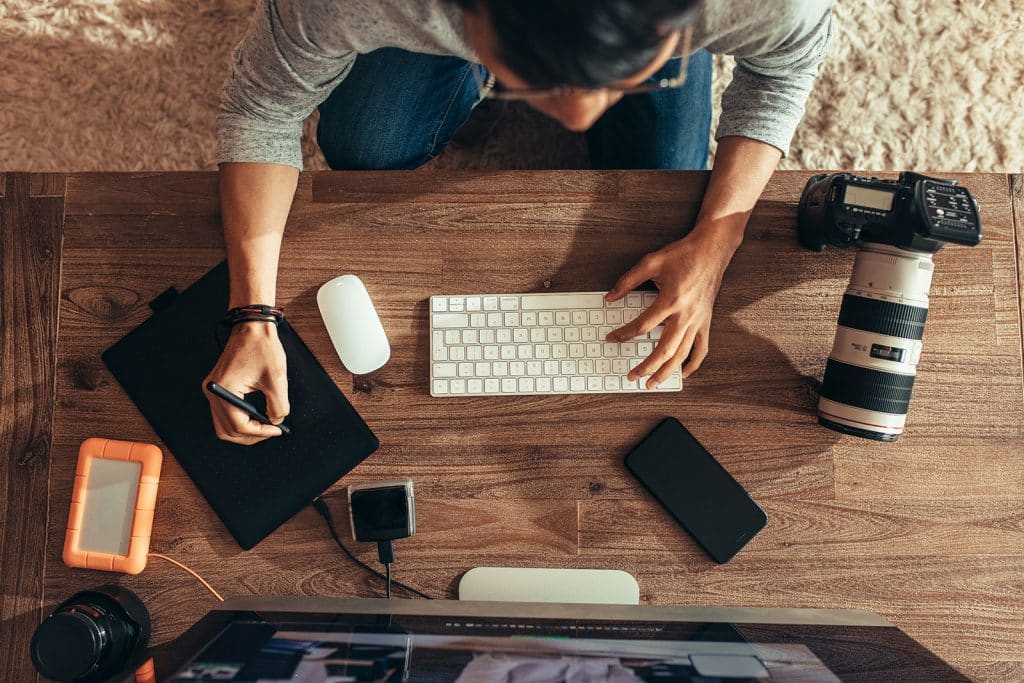
To help you out, Google has created its tool, PageSpeed Insights. Add a regular review of your website using this tool to your calendar. All you need to do is enter the URL of your website. Google will then give you back an in-depth assessment. They’ll tell you what parts of your webpage could use improvement.
As a place to start creating a plan for better search engine optimization for your images, this tool from Google is a powerful resource you should revisit often.
Use Original Images As Often As Possible
Yes, stock images make being a site owner as easy as possible. They’re a gift. They make your website more attractive with a lot less work on your end.
But are they hurting your search engine optimization efforts? Maybe. They’re not helping as much as the original images would be.
Stock photos will help your image SEO better than if you had no graphics in your content. A stock picture will give your users something to look at, break up a text-heavy piece of content, and make your pages more visually attractive. Search engines like to see that.
But will anyone link to your content, pointing out your great visuals? No. Is anyone on social media sharing your content solely based on the picture? No. And a great image can increase your odds of going viral on social media, so that counts for a lot.

When Google shows its image search results, they want to show as many unique pictures as possible. They have AI now that allows them to guess what is in a photo and which graphics are the same. If you use only stock pictures, you’re not going to show up as a top picture in the results.
This takes more time, but consider creating as many original pictures for your website as possible. As far as content goes, photos count for a lot. Creating some standout pieces will help your PageRank well on the search engines and pick up social media attention.
How do you create original pictures? Consider your content and what will serve it best. For example, you could create a chart or a graphic. Infographics that summarize some of your best points do well on social media and are helpful enough to pick up search engine attention. You can also include some of your own photographs.
Tools like Canva can make creating your own graphics easier.
Use Smart Alt Text and Captions
Like your file name, you want to use a keyword or two without stuffing them in. Write these as natural sounding as you can.
Your alt text (alternative text) is meant to describe your image. If someone uses a screen reader, the alt text will be read to them to tell them what’s inside the picture. Think about what they might hear when this happens. This text also shows up if the browser fails to load the picture.
Consider Using Lazy Loading On Your Page
When your site loads, there is the information your user sees “above the fold,” meaning what loads right at the top of the screen, and the things “below the fold,” meaning what they must scroll down to see.
Lazy loading allows the graphic files below the fold to load as the user scrolls down. This lazy loading style can make your page load faster because the only things that count when the page is first loaded are the things above the fold.
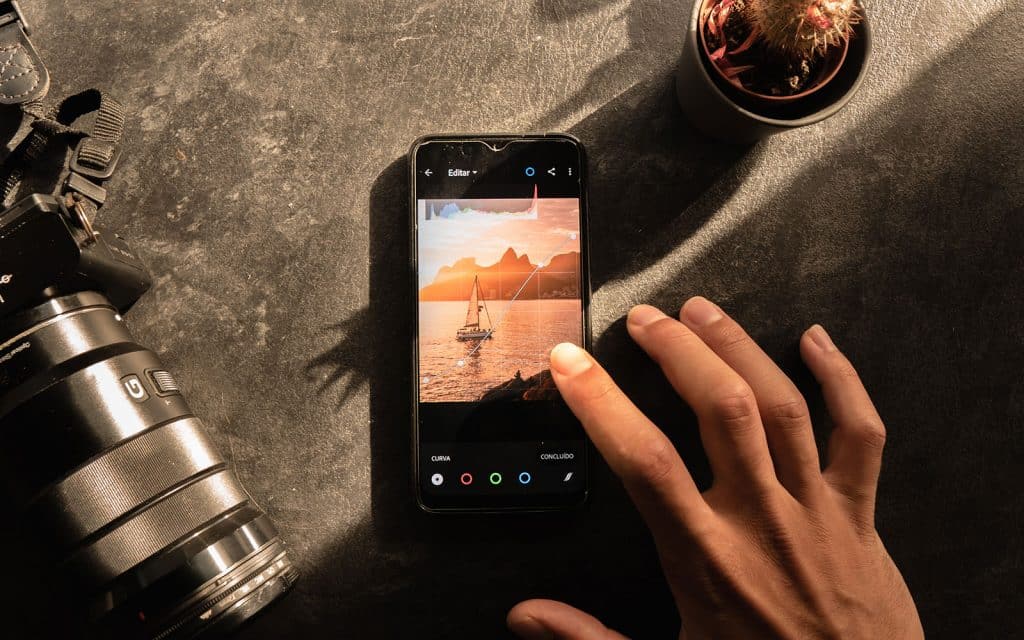
This may sound like cheating, but Google has said they approve.
This won’t work well on every site out there. Consider trying lazy loading on your site and see how that works for your page loading time and how it makes your site run. What do you think of the user experience with lazy loading turned on?
If you use WordPress, you can download a plugin to handle lazy loading.
Use Schema Markup
Do you have recipes? Product pages? Videos? All of these can benefit from some schema markup.
Schema markup is a kind of language for search engines. It adds structure to your pages. Search engines easily read this structure to tell them what kind of content they’re looking at. When you use markup on a recipe page, Google can immediately recognize that it is a recipe.
Why does this matter so much?
Google now has rich results. This is where they show snippets or answers to common questions, products, videos, or recipes on the search results page.
For your image files, your pictures may get little icons placed over the lower-left corner that say “recipe.” This is advantageous since the user will see a photo of a delicious-looking meal and then realize that they’ll be taken to a recipe if they click on it.
Make Sure Your Images Are Responsive
How is your site loading on mobile devices?
Today, mobile search engine optimization is possibly more important than desktop SEO. You need your website to load great on mobile. A lot of that comes down to your picture files.
Responsive pictures are automatically scaled to the mobile screen size.
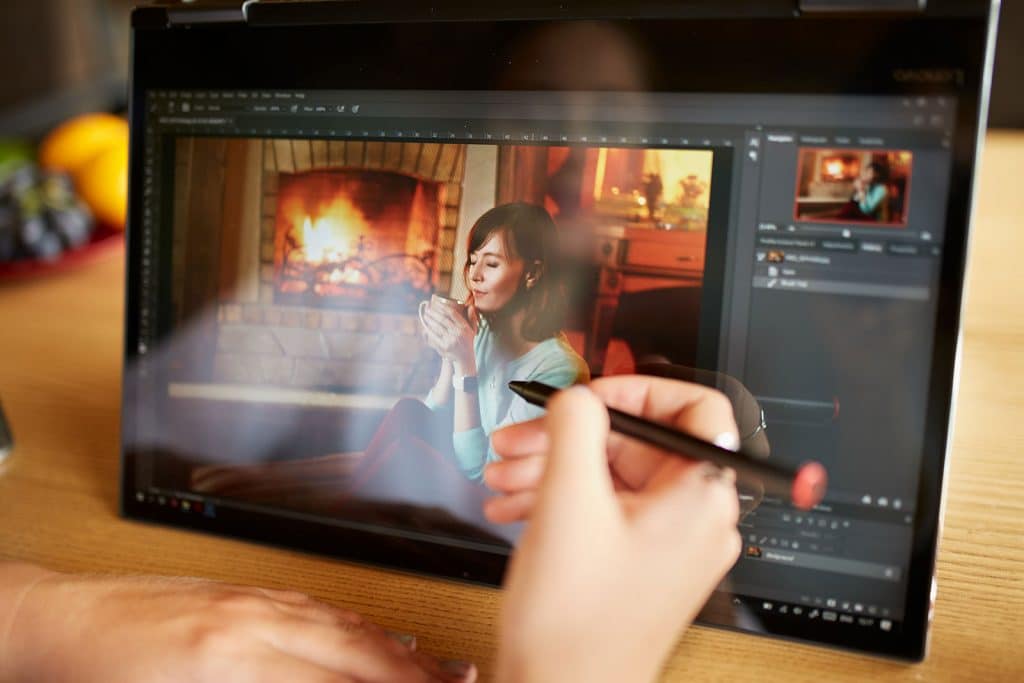
To do this, you’ll want to use a code called srcset, which allows the browser to call on different file sizes. Mozilla goes in-depth on how to use srcset to make your picture files responsive. If you use WordPress, some plugins can do this for you.
Make Images A Strong Part Of Your SEO Strategy
Many website owners know that pictures are an essential part of the user experience. They know that it matters for social media. They also have a rough idea that it matters for search engine optimization. At the end of the day, they figure that having pictures on their site is “good enough.”
That means the savvy site owner has an opportunity to get ahead by using original images that are well-optimized to take off online. The better the graphics, the more branded they are, and the more well-thought-out your image SEO strategy is, the further ahead of the competition you can get.
Bonus: Image SEO Tips from John Mueller
John Mueller, Search Advocate at Google, provides insights into how Google image search works, harnessing images for ecommerce success, and the nuances of SEO and optimization best practices for images in the modern digital marketing landscape.
Provide context
Ensure that images, whether stock photos or unique images, are relevant to the page content. Make sure that image titles, headings, and content align with the image content itself.
Optimize image placement
Images should be placed near relevant text, and you might consider using templates to ensure consistent design. If using free images, make sure they fit the context. Providing captions near images can also enhance understanding. Place critical product images or any other vital visuals at the top.
Do not embed text
Avoid embedding text in images. Instead, leverage CSS for styling and placing text on the page, keeping it separate from the image.
ALT Tags
Incorporate alt-attributes or alternative text on your images. They furnish pivotal information to search engine crawlers, like those from Google, and aid users who can’t view the images.
High-Quality Images
Utilize top-notch images optimized for the web. Whether you’re editing in Photoshop or another tool, ensure the images retain their quality to draw more traffic.
Make high-quality sites
While images are crucial, holistic site optimization is key. High-quality page SEO content plays a role when Google ranks images. If you’re using a platform like WordPress, plugins like Yoast can assist in optimization.
Create mobile and desktop-friendly sites
Ensure your images, especially ecommerce product images, are responsive. They should render effectively on both mobile and desktop without being too heavy, ensuring faster load times with tools like CDN.
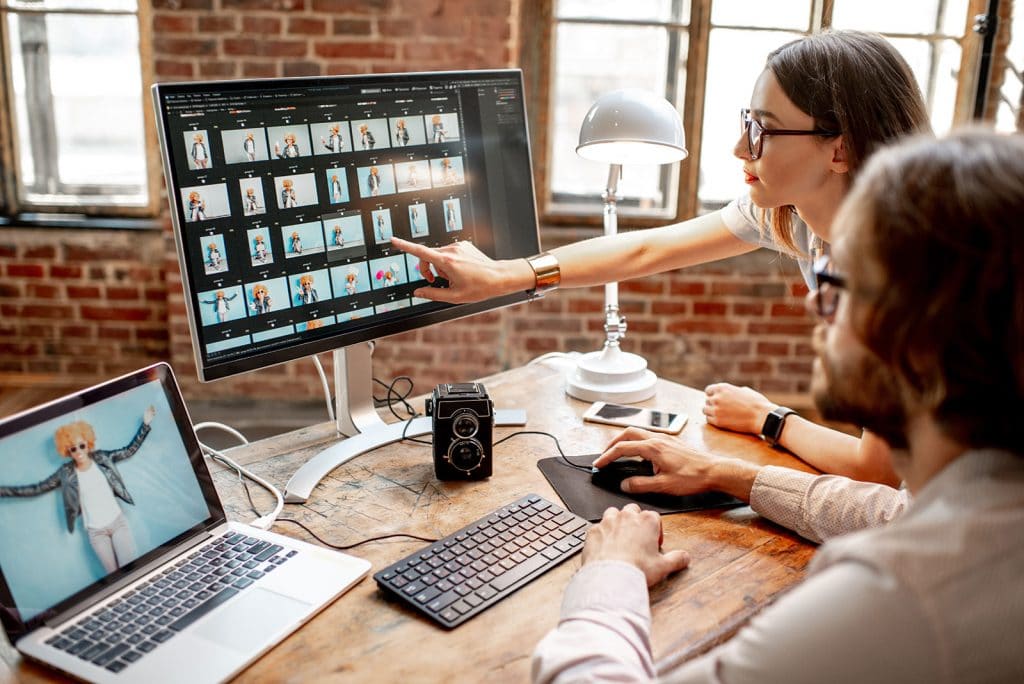
Use Descriptive URLs
Implement descriptive URLs, integrating the src attribute effectively. Google leverages both the URL path and image file name to comprehend the image’s content. If URLs must be altered, always employ 301 redirects.
Robots.txt
Ensure you don’t inadvertently block pertinent images in Robots.txt, allowing for open accessibility.
Structured Data
Incorporate structured data that is relevant, especially when employing schemas like for recipes. This metadata can give search engines more context about the page’s content.
Preview
For enhancing visibility on platforms like Google Discover Traffic, use extensive image previews with max-image-preview-large.
Markup
Including image licensing markup can make your images more appealing, attracting more visitors keen on understanding licensing details.
Speed
Rapid page loads can significantly enhance user experience. Achieve this by refining image size, using lazy loading techniques, and more.
FAQ
What is image optimization in SEO?
What is the best image file for SEO?
Published on: 2021-02-11
Updated on: 2023-11-06